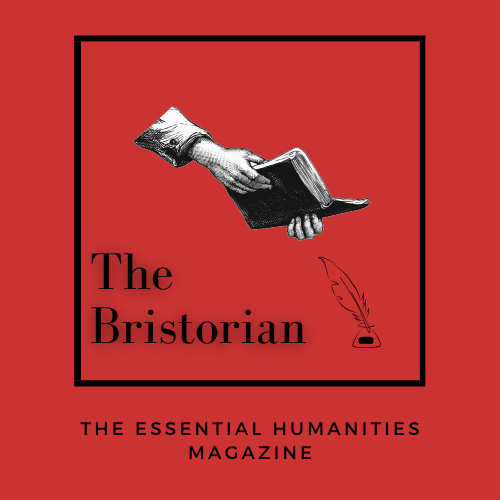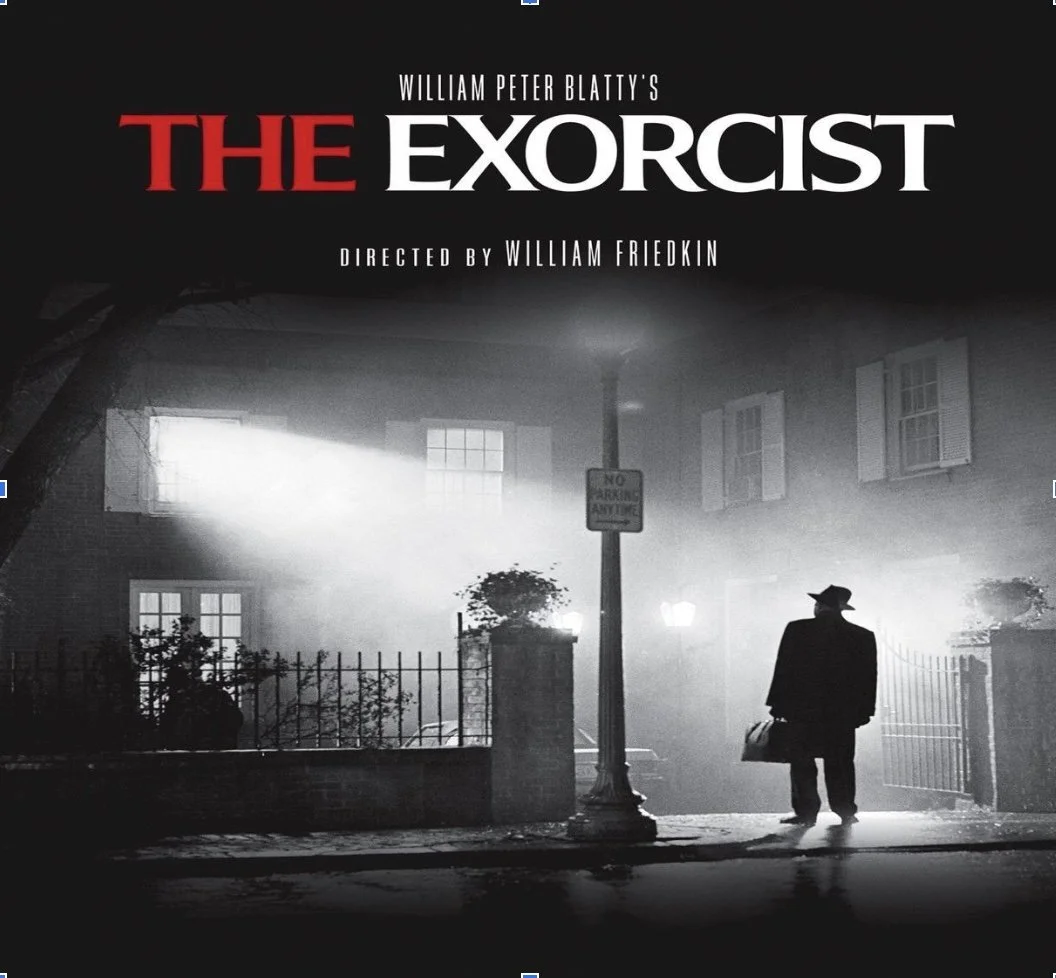Fear Through the Ages: the Evolution of Horror on Screen
By Sam Aylwin, 2nd Year History
If, like me, you’ve been to the cinema within the last year, you will have witnessed a meteoric rise in the amount of horror films being released. Studios benefit from churning out horrors because they’re typically cheaper to make, and almost always bring crowds to the box office. However, this begs the question, why? Why are we desperate to be scared? Why do horror movies resonate so deeply with viewers?
The horror genre has a long and illustrious history, extending back to 1896, with the creation of what is widely accepted as the first horror film, a silent film by Georges Méliès’ entitled ‘Le Manoir du Diable’. Horror grew in prevalence into the 1920s, becoming defined as its own genre alongside the emergence of German Expressionism, which is responsible for classics such as ‘Nosferatu’ and ‘The Cabinet of Dr. Caligari’. However, it wasn’t until the 1930s that horror films became the Hollywood staple they are today, with the creation of iconic cinematic monsters. Enter ‘Frankenstein’, ‘Dracula’ and ‘The Mummy’, all made in 1931-1932 following the implementation of the Studio system.
Figure 1: William Friedkin’s ‘The Exorcist’. Credit: Rotten Tomatoes
The next era in the History of Horror played out across the post-war period, which saw the mixing of genres, alongside the ‘Golden Age’ of ‘Sci-Fi’ in film. Films such as Invasion of the Body Snatchers (1956) and The Thing from Another World (1951) reflected the anxieties of ‘Atomic’ age society. The 1960s-80s saw subgenre’s flourish, becoming increasingly niche and specific. Two classic examples of this are psychological thrillers and ‘Slasher’ films. Notable psychological thrillers include The Exorcist (1972) and Alfred Hitchcock’s’ Psycho (1960). Striking ‘Slasher’ films consist of ‘Nightmare on Elm Street’, ‘Halloween’ and ‘Friday the 13th’. Following on from those, the 90s brought the rise of meta-horror (Scream) and Japanese horror (Ring), which are often credited with re-igniting international engagement with horror and have inspired numerous western remakes. The 2000’s saw more iconic genres become cemented as mainstream. Following horror classics, such as Saw (2004), the ‘Gore Horror’ genre gained international interest, with its films featuring far more gratuitous and violent effects than their predecessors did. Alongside this came paranormal ‘found footage’ films like Paranormal Activity (2007) and The Blair Witch Project (1999).
Horror in the present day continues to be as popular and innovative as ever, although the genre has become diluted by a seemingly never-ending stream of remakes and ‘plot borrowing’. Incredible elevated horrors ‘Hereditary’ and ‘Get Out’ have helped to restore horror’s good name. Horror films haven’t just remained popular due to their fast-paced, adrenaline-fuelled narratives; they’ve resonated with viewers throughout the last century because they have given their fears a tangible form. If we follow the trail of changing horror trends over time, we can trace a link between prevailing societal fears and popular horror films. Let's take this back to the beginning, to the silent German expressionism era. Nosferatu and The Cabinet of Dr Caligari perfectly encapsulate the fears of a traumatised Weimar Republic. With their emphasis on creating unease and uncertainty – using a German expressionist favourite, shadow – coupled with a threatening ‘other’ which invades or haunts a society. Exploring themes such as death and the danger of authoritarianism, both films reflect the anxieties of post-war existence. The two films touch on the fears of a society which is full of uncertainty and has been plagued by death over the course of the world wars, creating an atmosphere that had to have been all too realistic and unsettling for contemporary viewers.
Horror films in the 1960s also underwent a huge transformation, against the backdrop of the Civil Rights Movement, political assassinations and the Vietnam War, amongst other general social upheavals. It is evident that external influences heavily impacted the genre. There was a significant shift from post-war tropes, like supernatural threats and nuclear monsters (i.e. Godzilla 1954), to psychological terror and social commentaries. Films like Psycho, Rosemary's Baby, The Night of the Living Dead, and The Haunting all touched on uncomfortable themes of social unrest, the sexual revolution, and racial violence. Horror in this period held up a mirror to viewers, forcing them to confront their own prejudices.
This concept follows us into the present day, although we may not realise it, horrors continually touch on our everyday fears and realities. Current horror films frequently address issues such as systemic racism, notably Get Out – or any Jordan Peele film, really, mental health struggles (Hereditary) and political divisions (Civil War or The Purge). Perhaps a more blatantly of-the-moment motif is the post-COVID-19 focus on isolation, contagion and a general distrust of technology (Host, Quiet Place II, New Life), issues which resonate heavily with current viewers.
Often, when we watch horror films, we don’t think about the wider social implications and the message the film is attempting to portray. We are normally too consumed by our own feelings of unease, dread and fear. However, if we look at horror movies in a social context, we realise that many of them echo our everyday lives, which is why they are often so impactful and frightening. A recent film which truly struck viewers was The Substance, which, although it is admittedly bizarre, really targets our modern-day obsession with body image and the lengths that people will go to ‘improve’ themselves. That’s not to say all horror movies have this same impact; many of them are just 90-minute anxiety inducers, with patchy plot lines and shallow writing.
So, why then do so many of us keep putting ourselves through this uncomfortable experience? Why do we enjoy being scared? Horror films evoke our ‘fight or flight’ hormones; they allow us to experience our fears in a controlled setting and experience a feeling of accomplishment at having overcome them. Excitation transfer theory posits that the emotional strain caused by watching horror films results in increased heart rate and adrenaline spikes, this comes to be perceived as euphoria or satisfaction once the threat is resolved, making the experience enjoyable. Whatever the reason is, it certainly seems to be working; the horror genre is arguably one of the most profitable and exciting in the film industry, and with films like Sinners and Heretic paving the way, horror’s future is bright.
Edited by Zoe Lambe

